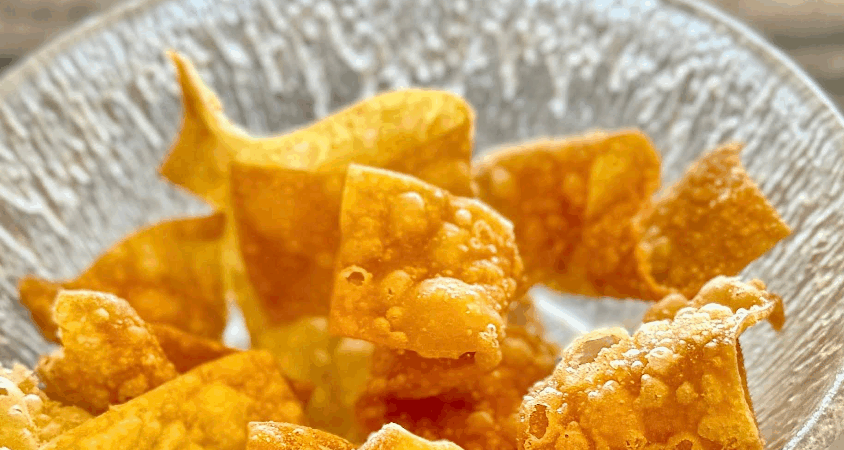Imagine sitting at a round table with friends, the aroma of stir-fried dishes wafting in the air. Each person reaches for their own chopsticks, a simple act that holds deep significance. Originating over 5,000 years ago, chopsticks were initially used for cooking rather than eating. Imagine cooking a delicious pot of broth and then using a pair of wooden sticks to pluck out steaming morsels—talk about hands-free efficiency!
As centuries rolled on, chopsticks evolved. They became a staple for dining, symbolizing a connection to family and sharing. In many Chinese families, meals are served communally, encouraging everyone to dig in together. It’s like a culinary dance where every bite is meant to be shared—a true representation of community and togetherness.
And here’s a little secret: learning to use chopsticks isn’t just about mastering a skill; it’s like embarking on a mini-adventure! With just a few practice sessions, you’ll find yourself navigating your favorite dishes with the grace of a seasoned pro. The feeling of precision, the delicate way you pick up a piece of sushi or a tender spring roll—it’s almost magical!
Unraveling the Art of Chopsticks: A Journey Through Chinese Culinary Traditions
Chopsticks have been around for thousands of years, and their journey is intertwined with the very fabric of Chinese culture. Think about it: these slender sticks evolved from cooking utensils to dining companions as families gathered around tables to share meals. The way they’re used speaks volumes about culture and etiquette. Did you know that the way you hold your chopsticks can convey respect? It’s not just about getting the food to your mouth; it’s about showcasing your connection to the meal and the people around you.
As you dig deeper, you’ll discover that choosing the right pair isn’t just a matter of style. Bamboo, wood, plastic—each material tells a story. For instance, bamboo chopsticks are often favored for their lightweight feel and durability, providing a sensation that makes every bite more enjoyable. And let’s not forget about the different lengths and shapes that cater to various dishes. Long for noodles, short for dumplings—it’s like having a toolbox for your palate!
Chopsticks: More Than Just Utensils – The Cultural Significance in Chinese Cuisine
Imagine sitting down for a family feast, and the first thing that greets you is a beautiful pair of chopsticks. Using them isn’t just about practicality; it’s a ritual that connects you to generations past. Each chopstick is a bridge linking you to an entire culture that values harmony, balance, and mindfulness. Did you know that the way you use chopsticks can reflect your personality? It’s like a subtle dance, where every movement speaks volumes.
Chopsticks are often crafted with intention, sometimes even embellished with intricate designs, each telling a story of its own. They’re not just tools; they’re an art form! Think of them as the paintbrushes in the culinary masterpiece that is a Chinese meal. Whether you’re lifting a piece of delicate dim sum or twirling succulent noodles, there’s an elegance in how you engage with your food that enhances the experience.
In fact, the choice of chopsticks is also significant—different materials can signify various occasions. Fancy wooden chopsticks might be reserved for festive gatherings, while everyday ones are often simpler. So each meal becomes an opportunity to celebrate not just the food, but the culture and the connections that bind us.
From Bamboo to Bamboo: The Evolution of Chopsticks in Chinese Dining History
As dining evolved, so did chopsticks. By the time the Shang dynasty rolled around, these bamboo tools transformed into refined eating instruments. Can you picture nobles elegantly lifting morsels of food while engaging in philosophical debates over tea? It’s like a scene straight out of a classic Chinese painting, where every detail tells a story. Bamboo, being abundant and lightweight, became a staple, making chopsticks accessible to all classes.
Fast forward to today, and you’ll find chopsticks crafted from various materials—wood, metal, even plastic—each with a tale of its own. Think of them as the Swiss Army knife of dining tools. They allow you to grasp the delicate threads of noodles or pick up a crispy piece of dim sum with finesse. Plus, they echo the philosophy of balance and harmony inherent in Chinese culture.
Mastering the Chopsticks: Tips and Techniques for Navigating Chinese Cuisine
First things first, grip is everything. Picture this: your thumb and index finger are like the two dancers in a graceful ballet, while your middle finger serves as the supportive stage. This classic grip allows for a seamless pickup of food. Practice with something easy, like a piece of broccoli or a piece of tofu, before diving into the heart of your meal.
Now, let’s talk technique. It’s all about precision. When you pick up food, think of your chopsticks as a pair of tweezers—steady and focused. You want to squeeze but not too hard; you’re not squishing grapes here! Aim for the center of the piece of food for the best grip. If it slips—no worries; even the pros have their off days.
Did you know there’s an art to pacing too? Eating with chopsticks isn’t just about getting food to your mouth; it’s a dance. Trust the rhythm of your meal. Take your time, chew slowly, and engage with your food. It’s all part of the experience.
